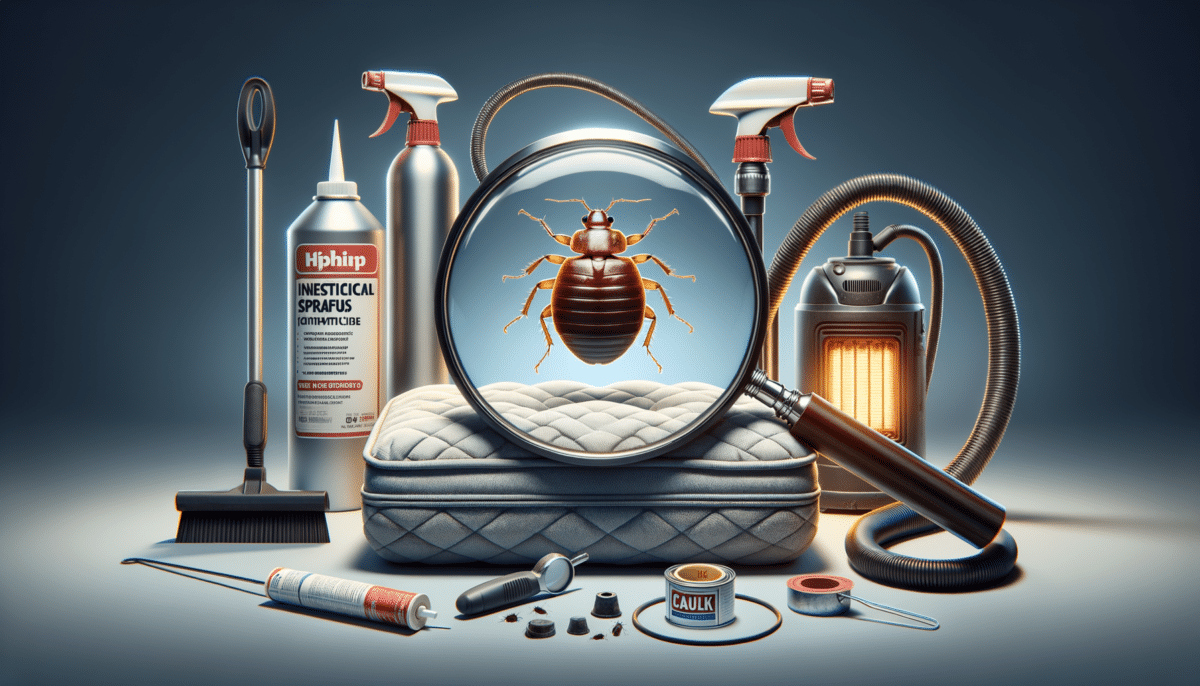Understanding Bed Bugs: A Closer Look
Bed bugs are small, reddish-brown insects that feed on the blood of humans and animals. Despite their size, they can cause significant discomfort and distress. Understanding their biology and behavior is crucial in effective control. Bed bugs are nocturnal, seeking out hosts at night when they are less likely to be disturbed. They hide in crevices, mattress seams, and other tight spaces during the day. This elusive nature makes them difficult to detect and eradicate.
These pests are resilient and can survive for months without feeding, making them a persistent problem. They are not known to transmit diseases, but their bites can cause itching, allergic reactions, and secondary infections from scratching. Recognizing an infestation early is key, as bed bugs reproduce quickly. A female can lay hundreds of eggs in her lifetime, leading to a rapid increase in population if left unchecked.
Identifying the Signs of an Infestation
Identifying a bed bug infestation early can prevent a small problem from becoming a major issue. Common signs include:
- Small, rust-colored stains on bedding from crushed bugs or their excrement.
- Itchy welts on the skin, often in a line or cluster.
- Musty odor caused by bed bug pheromones.
- Visible bed bugs or their shed skins in mattress seams and furniture crevices.
Regular inspections of sleeping areas, especially after traveling, can help catch infestations early. Bed bugs are often brought into homes via luggage, clothing, or used furniture. By being vigilant, you can reduce the risk of a widespread infestation.
Effective Non-Chemical Control Methods
While chemical treatments are commonly used, non-chemical methods can be effective and environmentally friendly. These include:
- Heat treatment: Washing and drying clothes and bedding on high heat can kill bed bugs and their eggs.
- Vacuuming: Regular vacuuming of mattresses, bed frames, and surrounding areas can help remove bed bugs and their eggs.
- Encasements: Using mattress and box spring encasements can trap bed bugs and prevent them from spreading.
These methods can be used in conjunction with other strategies to enhance effectiveness. They are particularly useful for those sensitive to chemicals or looking for a more natural approach to pest control.
Chemical Treatments: What You Need to Know
Chemical treatments are often necessary for severe infestations. Insecticides specifically designed for bed bugs can be effective, but it’s important to use them correctly. Professional pest control services have access to a range of products and the expertise to apply them safely. Common chemicals include pyrethroids and neonicotinoids, which target the nervous system of bed bugs.
However, some bed bug populations have developed resistance to certain chemicals, making it essential to use a combination of treatments. Always follow label instructions and consider consulting a professional to ensure effective and safe application.
Preventive Measures to Avoid Reinfestation
Preventing reinfestation is crucial once bed bugs have been eliminated. Here are some strategies:
- Regularly inspect and clean sleeping areas and luggage after traveling.
- Be cautious when purchasing second-hand furniture, inspecting items thoroughly before bringing them into your home.
- Seal cracks and crevices in walls and furniture to reduce hiding spots.
Education and awareness are powerful tools in preventing bed bug infestations. By understanding their habits and taking proactive measures, you can protect your home from these unwelcome guests.
